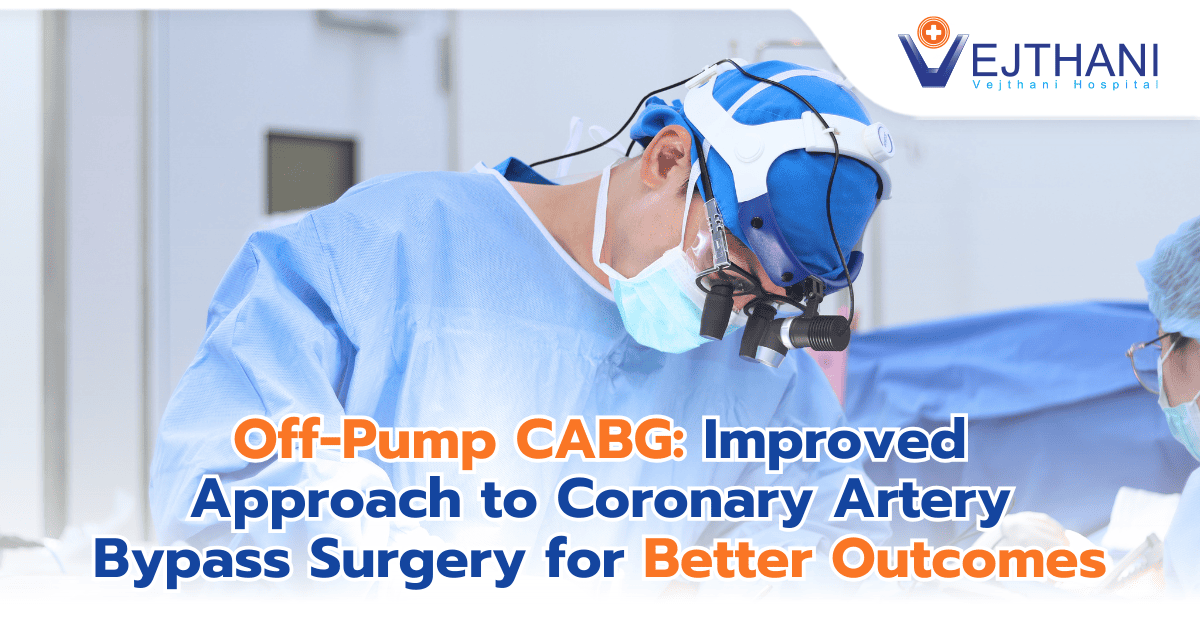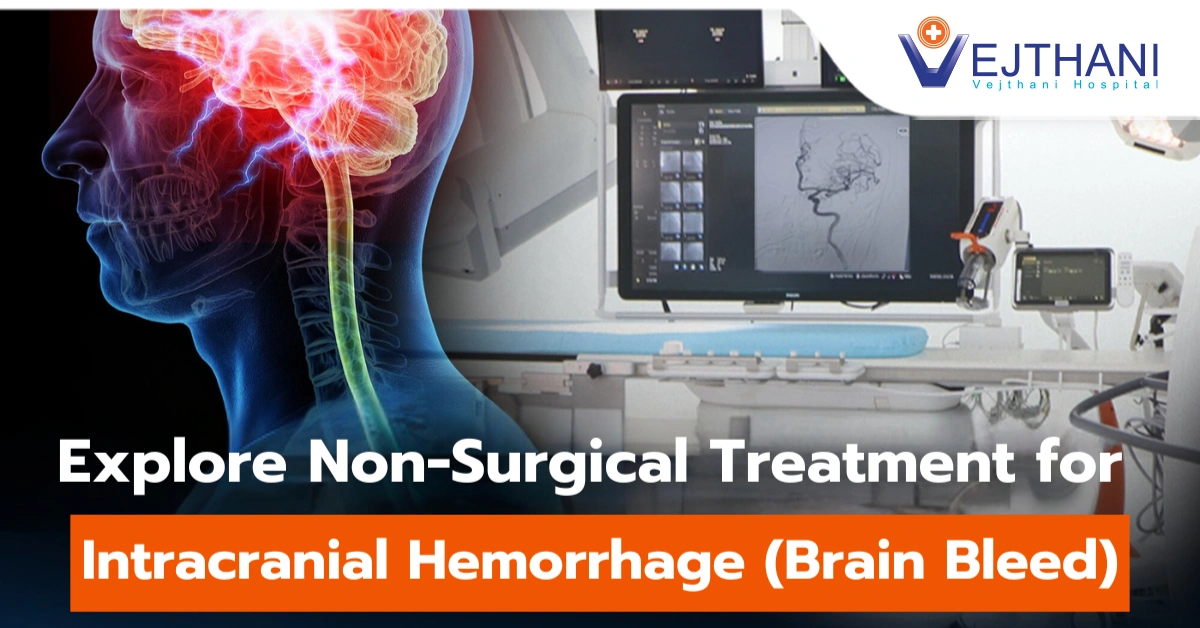
Upper Endoscopy
Overview
An upper endoscopy, or esophagogastroduodenoscopy (EGD), is a procedure used to examine the upper part of the digestive system. During this test, a gastroenterologist (GI doctor) uses an endoscope—a thin, flexible tube with a light and a small video camera—to visually inspect the inner lining of the:
- Esophagus: The tube that delivers food from the mouth to the stomach.
- Stomach: The organ where food is stored and digestion starts.
- Duodenum: The first section of the small intestine.
Reasons for undergoing the procedure
An upper endoscopy might be necessary if you have any unexplained:
- Vomiting and nauseous
- Pain in the abdomen.
- Bleeding in the upper gastrointestinal tract.
- Issues with swallowing.
- Loss of weight.
A direct view and biopsies are made possible by an upper endoscopy. It can diagnose issues with the upper digestive tract with more accuracy than X-rays. Among these issues are:
- Problems swallowing.
- Peptic (or stomach) ulcers.
- Tumors, both cancerous and noncancerous.
- Inflammation, including duodenitis, gastritis, and esophagitis.
- Heartburn and acid reflux (also known as gastroesophageal reflux disease, or GERD).
- Digestive diseases, including Crohn’s and celiac disease.
Using an endoscope, doctors can administer treatments as well. Upper endoscopy may also be used by your doctor to:
- Control bleeding in the upper digestive tract.
- Widen constricted digestive tracts.
- Extract polyps, tumors, or ingested objects.
An upper endoscopy may be combined by your doctor with:
- X-rays: During an Endoscopic Retrograde Cholangiopancreatography (ERCP), doctors use X-rays in combination with an injected dye. ERCP assists in diagnosing and treating conditions related to the liver, pancreas, gallbladder, and bile ducts.
- Ultrasound: An Endoscopic Ultrasound (EUS) generates detailed images of the digestive tract and can also visualize nearby organs, lymph nodes, and tissues.
Risks
An upper endoscopy is generally considered a low-risk procedure. Possible issues consist of:
- Reaction to the sedative.
- Bleeding or infection in the digestive tract.
- A perforation (tear) in the lining of the digestive tract.
Before the procedure
To ensure a clearer view of your digestive tract, it’s important to undergo the procedure on an empty stomach. Your doctor will provide specific preparation instructions, which may include:
- Food and drink: Only consume clear liquids—such as broth, gelatin, popsicles, water, or black coffee or tea—for six to eight hours before the procedure.
- Medications: Stop taking blood thinners or any medications that affect clotting, including aspirin. You might also need to adjust medications for diabetes or high blood pressure based on your doctor’s advice.
During the procedure
The majority of upper endoscopies are performed as an outpatient operation, so you return home the same day. While the process could cause some discomfort, it shouldn’t be agonizing. An intravenous sedative or another type of anesthetic will be administered to you. After the procedure, you should be driven home by someone.
During the about 30-minute procedure, you lie on your left side. Your doctor:
- Applies a numbing spray to your throat and places a mouthguard in place to protect your teeth.
- Directs the endoscope via your mouth and down into the esophagus, stomach and duodenum.
- Increases organ visibility by pumping air via the endoscope and into the duodenum and stomach.
- Uses a video monitor to view endoscopic pictures while diagnosing conditions or administering treatments.
- Removes tiny tissue pieces for laboratory examination, if required.
- Applying treatments as necessary.
After the procedure
After your upper endoscopy, you’ll need some time to recover as the sedative wears off. It’s common to experience a sore throat, and you might have a cough or hoarseness for a few days. To alleviate discomfort, you can use throat lozenges, drink ice water, and eat soft foods.
You may also feel bloated due to the air introduced during the procedure and experience nausea as a side effect of the anesthetic. Generally, you can resume your normal activities, including driving and working, the following day, provided you have your doctor’s approval.
Outcome
Your doctor may inform you of the results from the diagnostic test immediately. However, if a biopsy is performed, it may take up to two weeks to receive the results.























